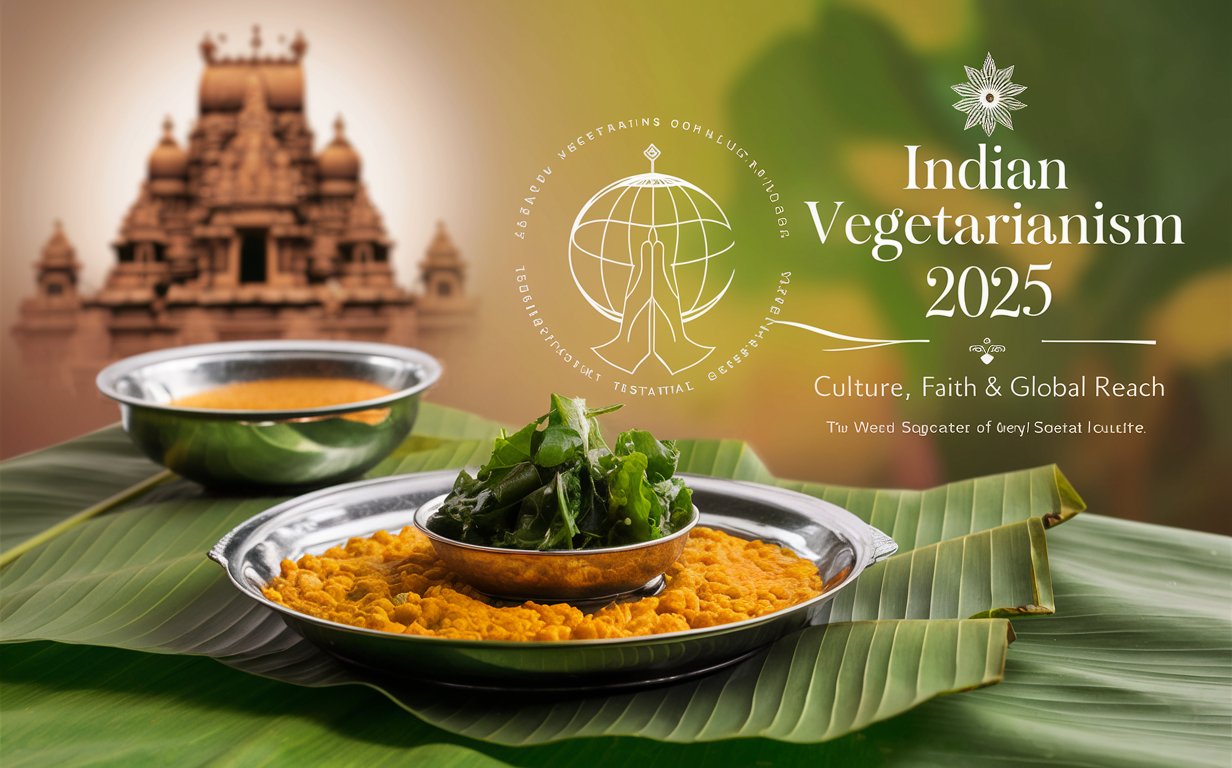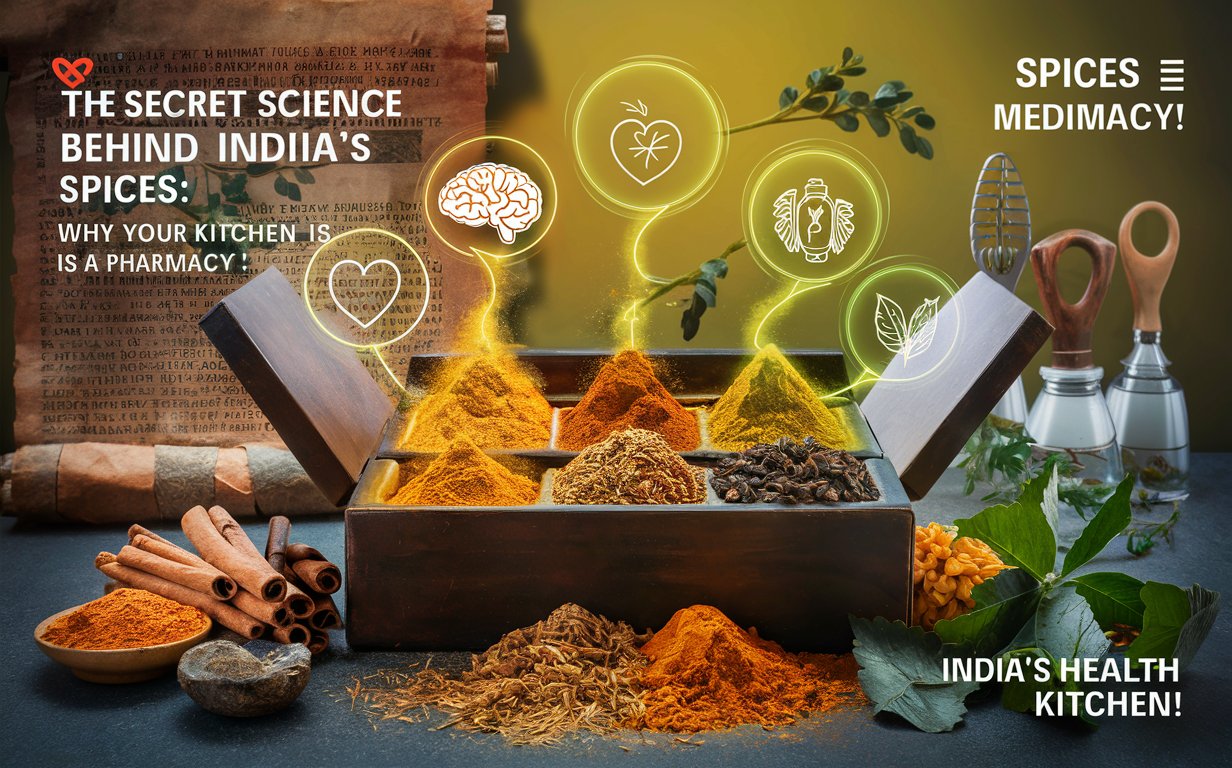How To Make Pav Bhaji At Home In Easy Way To Easy English Language? | Pav Bhaji Recipe
Ingredients:
For the Bhaji:
- 3 medium potatoes, boiled, peeled, and mashed
- 1 cup cauliflower florets, finely chopped
- 1/2 cup green peas (fresh or frozen)
- 1/2 cup carrots, finely chopped
- 1/2 cup bell peppers (capsicum), finely chopped
- 1 large onion, finely chopped
- 2 tomatoes, finely chopped
- 1 tablespoon ginger-garlic paste
- 2 to 3 green chilies, finely chopped (according to taste)
- 1 teaspoon cumin seeds
- 1 teaspoon mustard seeds
- 1/2 teaspoon turmeric powder
- 1 tablespoon Pav Bhaji masala (readily available spice mix)
- Salt to taste
- 2 tablespoons butter (plus more for serving)
- Fresh coriander leaves, finely chopped
- Water as needed
For serving:
- Pav (dinner rolls) - 8 to 10, split horizontally
- Butter for toasting
Optional garnishes:
- Finely chopped onions
- Fresh coriander leaves
- Lemon wedges

Instructions:
1. Prepare the Bhaji:
- Heat 1 tablespoon of butter in a large pan or kadhai over medium heat.
- Add cumin seeds and mustard seeds. Let them splutter.
- Add chopped onions and green chilies. Saute until onions turn translucent.
- Add ginger-garlic paste and cook for another minute until fragrant.
- Add chopped tomatoes and cook them until they are completely softened and pulpy.
- Add chopped bell peppers, cauliflower, carrots, and green peas. Mix well.
- Add turmeric powder, Pav Bhaji masala, and salt to taste. Mix thoroughly.
- Add about 1/2 to 1 cup of water, depending on the desired consistency of the bhaji.
- Cover the pan and let the vegetables cook until they are completely tender and cooked through, stirring occasionally. This will take about 10-15 minutes.
- Once the vegetables are cooked, mash them with a potato masher or the back of a spoon to achieve a coarse texture.
- Add mashed potatoes and mix well to combine.Continue cooking for an additional 5 minutes, stirring occasionally.
- Add chopped fresh coriander leaves and remaining butter. Mix well and cook for another minute. Taste and adjust seasoning if needed.
2. Prepare the Pav:
- While the bhaji is cooking, heat a griddle or tawa over medium heat.
- Spread butter on the cut sides of the pav buns.
- Place the pav buttered-side down on the hot griddle. Toast until the pav turns light golden brown and crispy on the buttered side. Repeat for all the pav buns.
3. Serve:
- Serve the hot Pav Bhaji in a plate, garnished with a dollop of butter.
- Garnish with finely chopped onions, fresh coriander leaves, and lemon wedges on the side.
- Serve immediately with the toasted pav buns.
Tips:
- Adjust the spice level by varying the amount of green chilies and Pav Bhaji masala.
- For a more indulgent taste, feel free to incorporate additional butter.
- Serve Pav Bhaji hot for the best taste and texture.
- Leftover Pav Bhaji can be refrigerated and reheated the next day. It often tastes even better after flavors meld overnight.
Enjoy your delicious homemade Pav Bhaji!
For more Delicious Dishes 🙂
Information:
Pav Bhaji originated in Mumbai during the late 19th and early 20th centuries, initially serving as a hearty and affordable meal primarily for the city's textile mill workers. The dish consists of "pav," which are soft bread rolls, and "bhaji," a flavorful vegetable mash made primarily from potatoes, tomatoes, cauliflower, green peas, and bell peppers. These vegetables are cooked with aromatic spices such as turmeric, cumin, and pav bhaji masala, resulting in a rich and nutritious dish.
Originally embraced for its affordability and filling nature among the working class, pav bhaji quickly surpassed its humble beginnings. It gained popularity through street vendors and small eateries across Mumbai, rapidly becoming an iconic street food. The dish's appeal lies not only in its vibrant flavors but also in the unique experience of savoring hot buttered pav alongside the spicy bhaji.
Beyond Mumbai, pav bhaji found enthusiastic acceptance throughout India and internationally. It has adapted to suit various regional tastes, with adjustments in spice levels and ingredient choices. Today, pav bhaji enjoys universal adoration across different social strata, whether as a quick street-side indulgence, a comforting homemade meal, or a regular feature on restaurant menus. Its evolution from a practical mill worker's sustenance to a globally cherished street food encapsulates its enduring charm and Mumbai's rich culinary legacy.



Post Comment